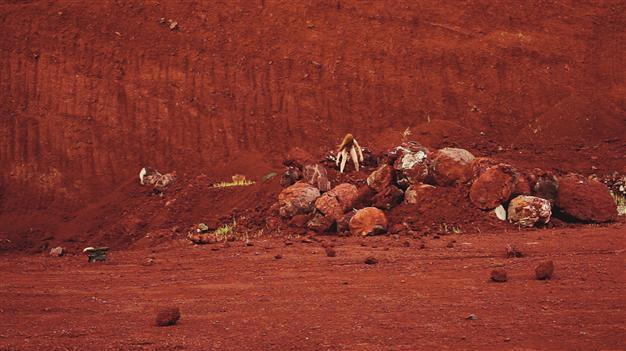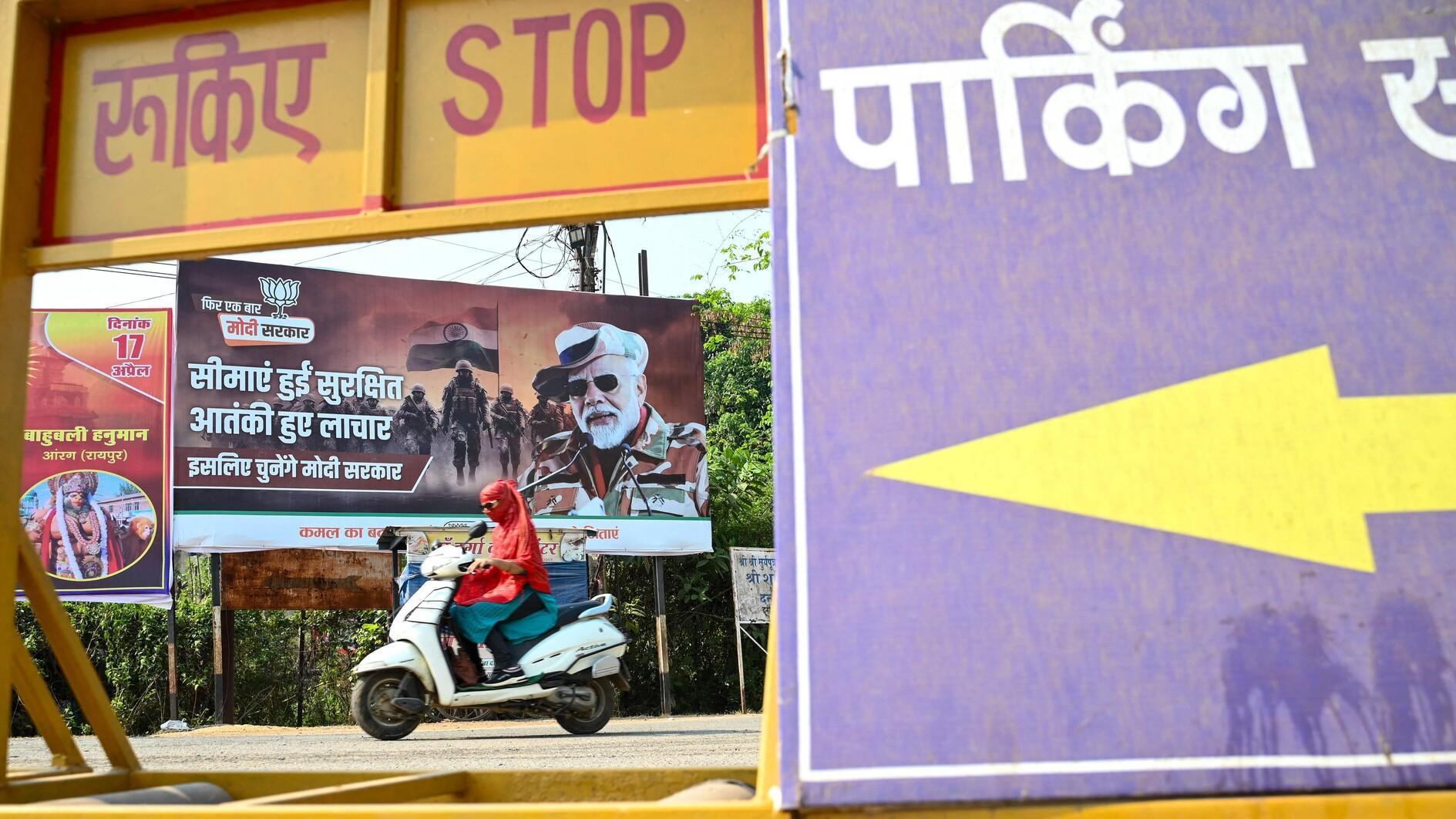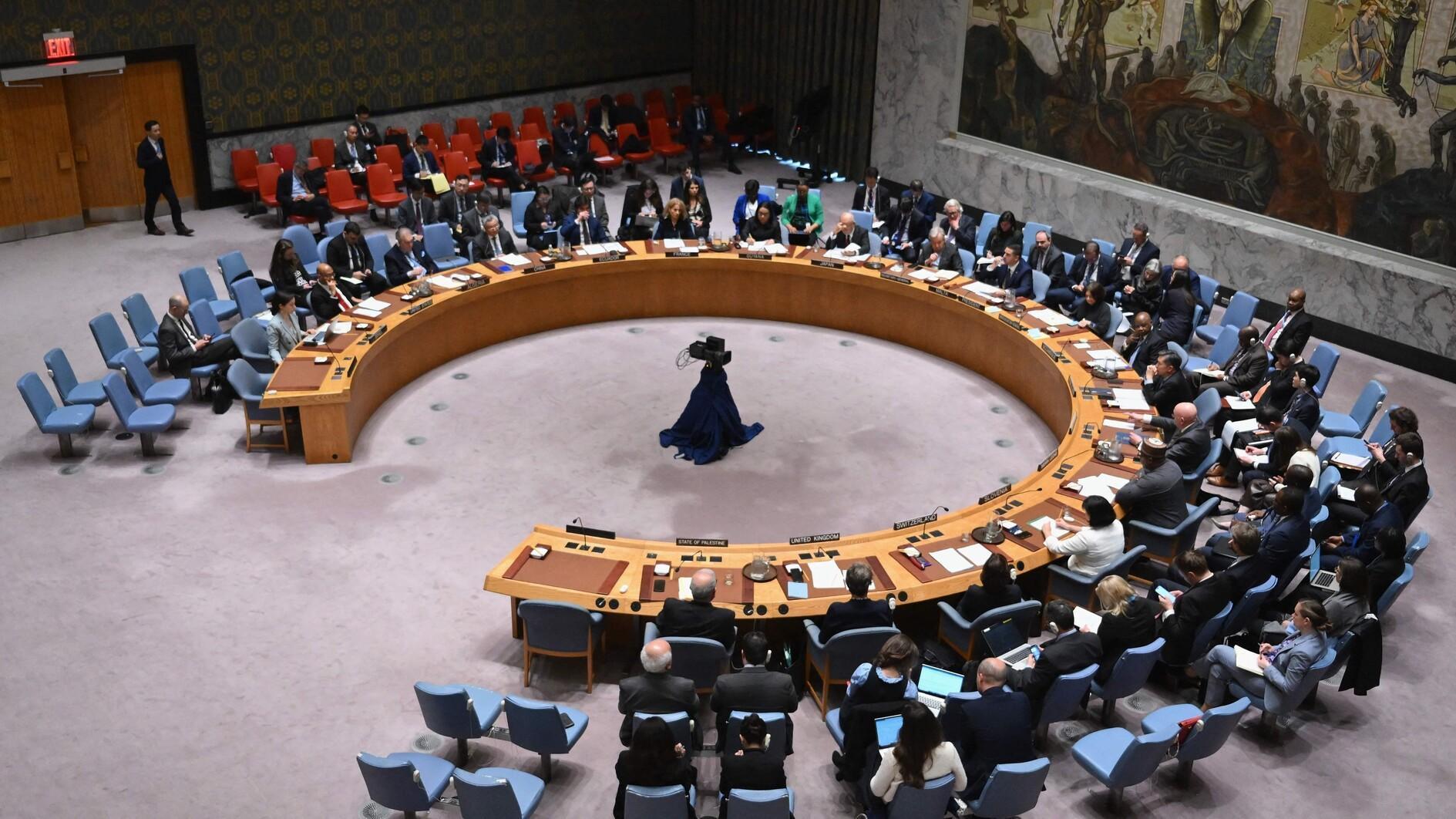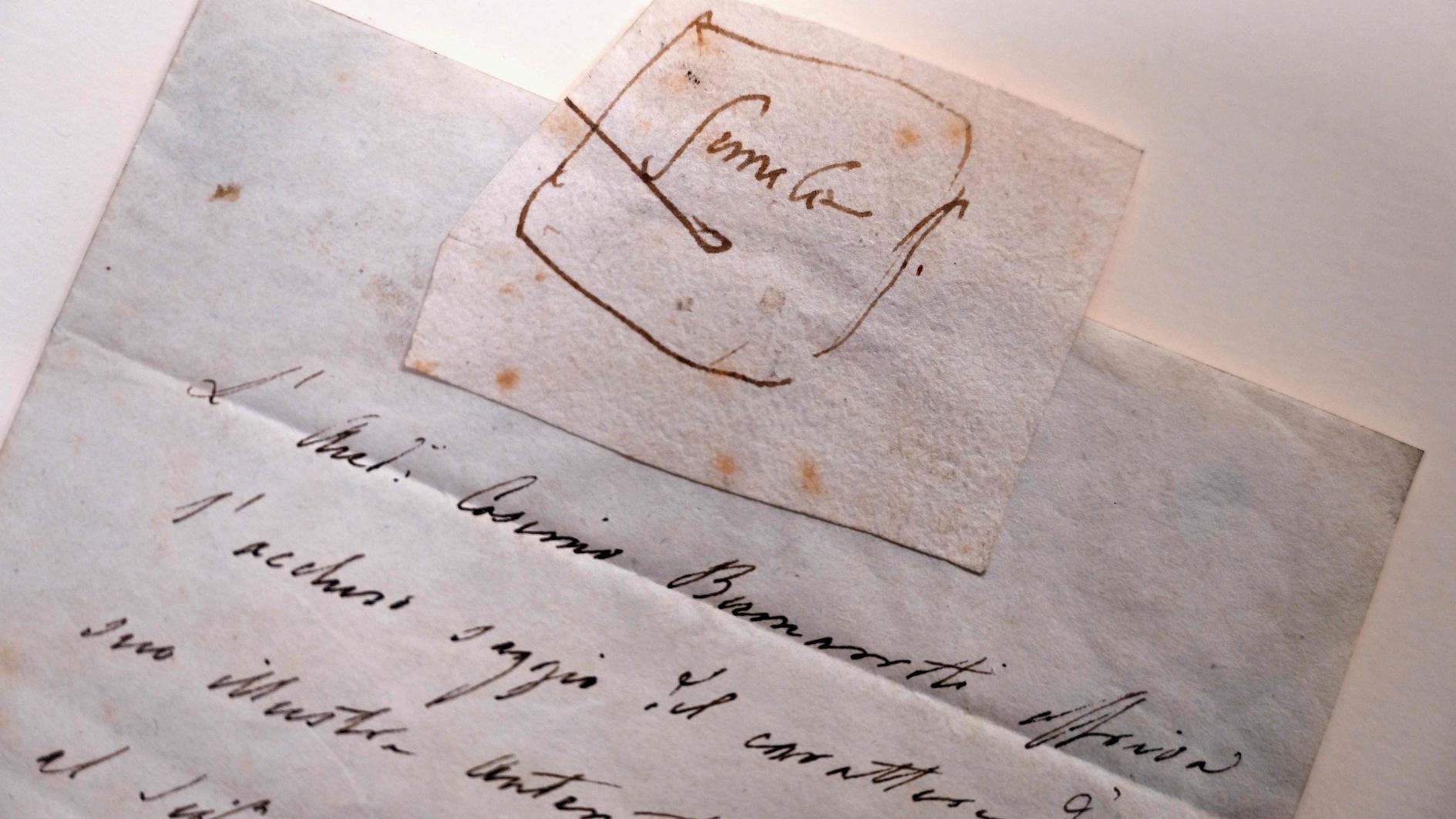Exhibition revisits myths
ISTANBUL

In her works, Fatma Bucak records actions that she performs in meticulously designed settings in their entirety. These works, in which she simultaneously engages photography, video and performance, often deploy universal symbols. Bucak’s exhibition at Arter Art Space continues until January 2014.
This November, Arter Art Space hosts Fatma Bucak’s first solo exhibition in Turkey.“Yet Another Story About the Fall” presents brand new works by Bucak along with a selection of her recent works from 2012 and 2013. “The Fall” is a concept of central importance in the artist’s production. Bucak problematizes gender and identity-based discrimination in her works, and revisits creation myths that regard man as superior to woman, thus going back to the very beginning - the fall of man from heaven to earth.
Bucak produced a new two-channel video installation especially for the exhibition at ARTER. Shot at Tuz Gölü (the salt lake in Central Anatolia), the section entitled “And then God blessed them” brings together the female and male archetypes in a harsh and timeless part of nature for yet another confrontation. As in many of her other works, she includes her own body in this performance as an anonymous female figure, and is accompanied by a family member: her brother.
In the second part entitled “Suggested place for you to see it,” we see a group of women Bucak invited to take part in her work as “viewers.” The comments of these 13 women become performances in themselves. Their real-time reactions meet the possible comments of the viewers in the exhibition space; and in this manner the installation proposes a contemplation on the position of the viewer in front of a work of art, and our ways of interpreting art.
Designed settings
In her works, Fatma Bucak records actions that she performs in meticulously designed settings in their entirety. These works, in which she simultaneously engages photography, video and performance, often deploy universal symbols (like in the reference here to The Last Supper which is assigned via the number of viewers). In this manner, Bucak reverses and re-enacts myths, religious parables and autobiographical narratives. The broken loaf of bread, which the artist then tries to sew back in “Blessed are you who come – Solida Fundamenta” recalls the effort two different communities of the same land make to remain together, while the egg in the video “I was not able to prevent the fall” gives an uncanny sense about what is about to happen.
In the work entitled “Omne Vivum Ex Ovo – Nomologically possible, anyhow,” installed at the entrance of the exhibition space, eggs are being placed in concrete blocks.
This 13-screen installation, first exhibited as a five-screen installation in London at the Catlin Art Prize exhibition in 2013, and redesigned with the addition of music for the exhibition at ARTER, returns to the themes of birth and hope associated with the image of the egg this time in association with urbanization. Videos at once both appearing and disappearing on the screens, point to an action with no clear beginning or end: a woman is constantly placing eggs in the holes of countless concrete blocks. Is she doing this so they can mature in their concrete nests and hatch when the time is right? Can life really emerge in this sullen landscape?
Here, this manmade landscape encounters one of the endless, moving natural landscapes that Bucak often uses in her works. In the video entitled “Four Ages of Woman – Fall” the female figure is now surrounded by a piece of nature covered in scarlet earth and rocks, throwing rocks at an invisible enemy. As if she has suddenly decided to emerge after the struggle she has put up in this surreal place, she chooses to knock over the huge rock in front of her, to be born, and to initiate her own story.
















